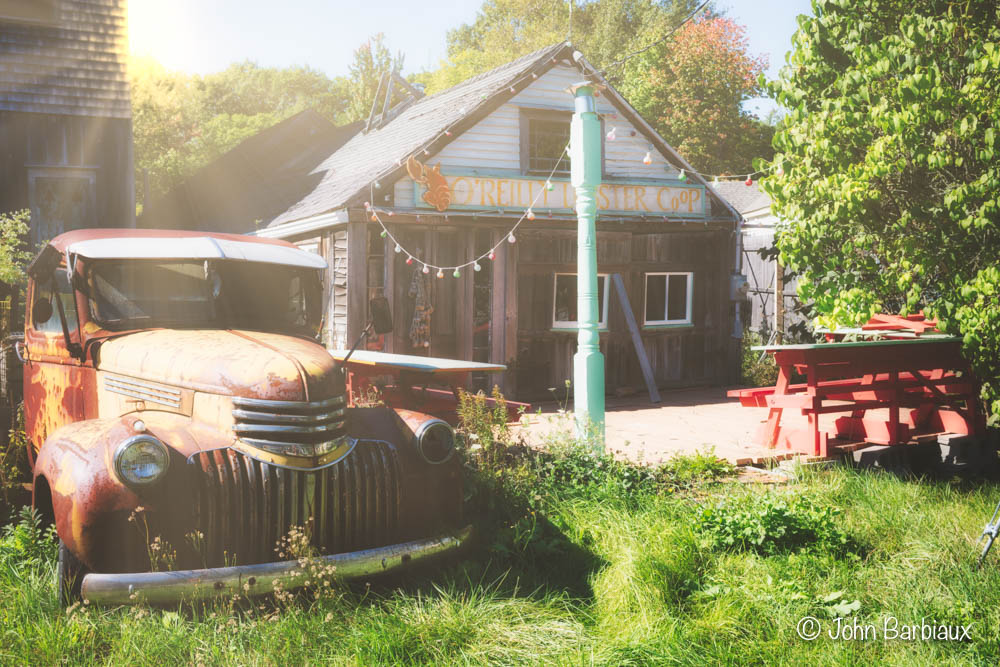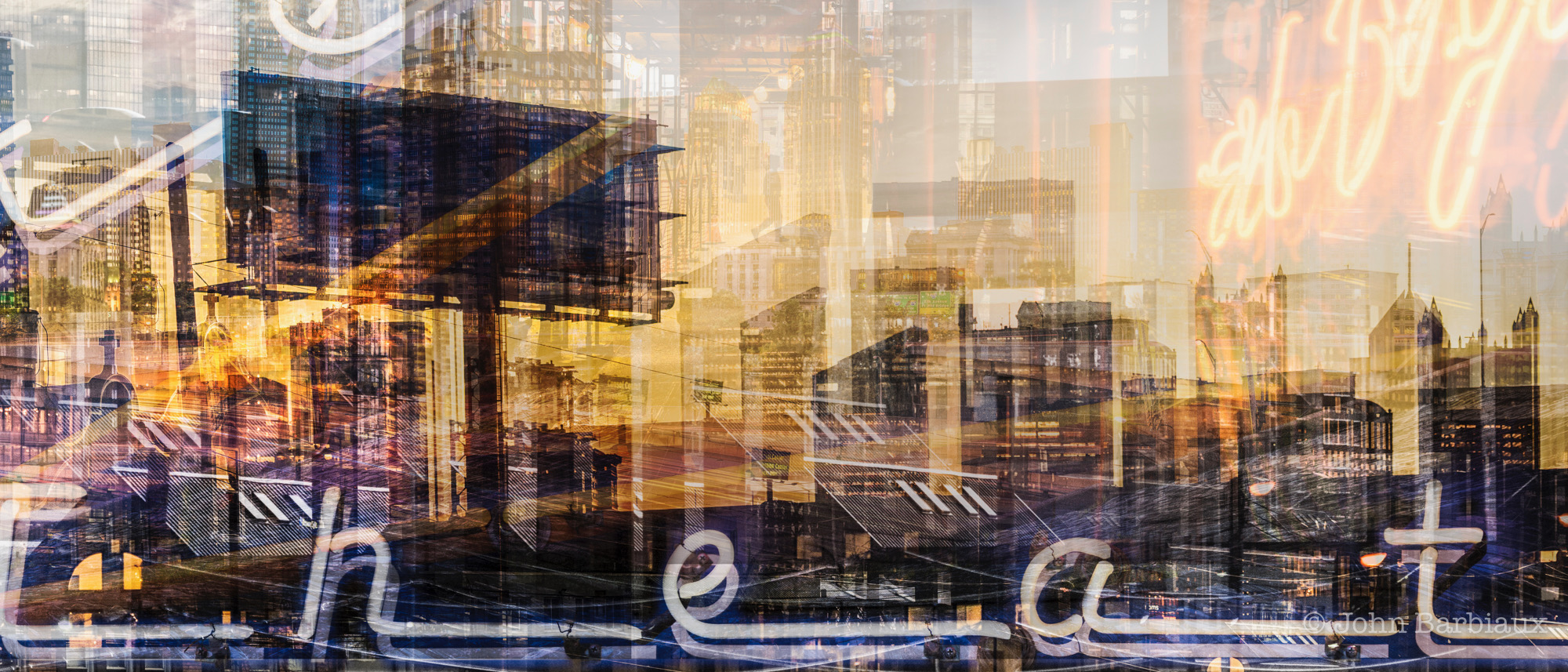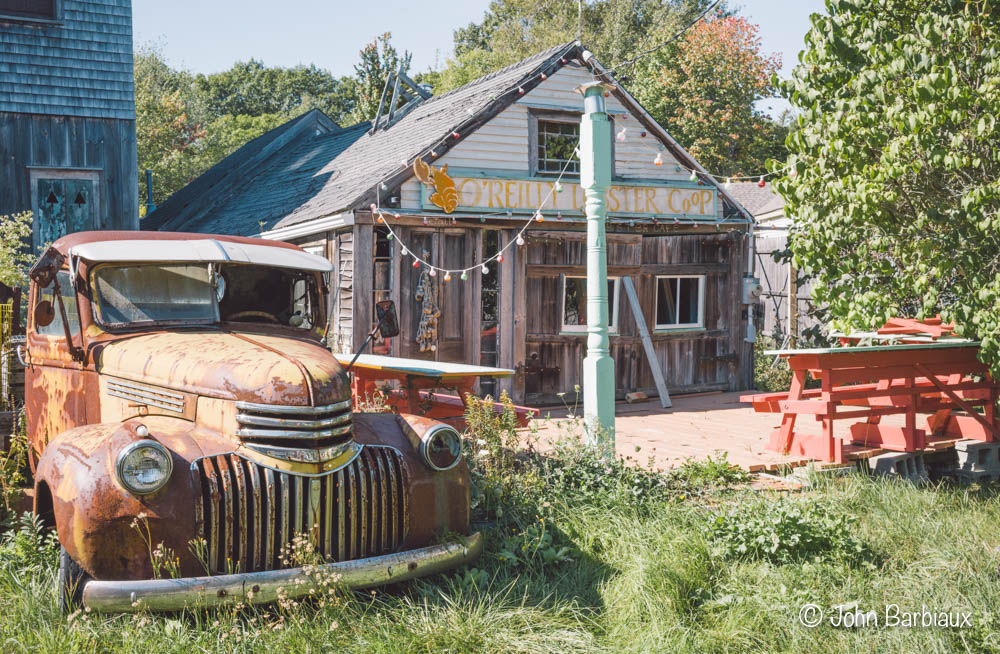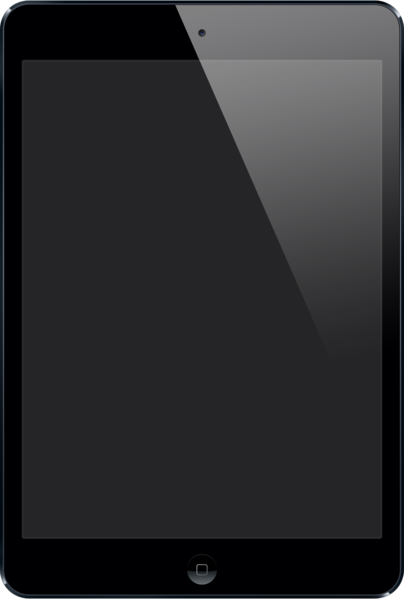I listened to a great podcast by Chelsea and Tony Northrup recently, on their Picture This podcast and I was really impressed. First, I love their back and forth and open-mindedness they bring to various photography subjects (check them out). Second, I’m crazy jealous of their photographer/power couple dynamic that they’ve got going on… You can tell they are both extremely passionate about the craft. The podcast I listened to was about post processing and whether or not is was “cheating” and it really made me think. I wear two hats as a documentary photographer and fine art photographer therefore the podcast really resonated with me.
For instance, 90% of my photography is street photography or landscape photography created without altering reality. Altering reality to me is the removal of certain elements in post (for instance, a bright construction sign or some other distracting element) or adding something that wasn’t originally there (like a colorful sky or some other subject matter that wasn’t in the frame when the photograph was captured). That’s where I draw my line, but I’ve always been curious as to whether or not that was holding me back as an “artist”. My fine art photography, where I earn a good percentage of my income in photography, is clearly fine art photography… It can’t be misconstrued as me trying to pass something off as reality when it wasn’t. It’s clearly not reality, it’s abstract and it’s expressive, as opposed to documentary.
Then I see programs like Luminar 2018, a really impressive photo editor, taking things to an entirely new level. Just look at the two images below and try not to be impressed by what you can accomplish in Luminar (and I was purposefully holding back a bit). The image on the left was post processed in Lightroom while the image to the right was post processed in Luminar 2018. I mean, look at the sun rays in the Luminar processed image… That took all of two seconds, it’s a freaking “sunrays” filter. Now don’t get me wrong, dodging and burning an image is old school and totally acceptable in my book but where do you draw the line? I added a freaking sun to the photograph… I don’t even know if the sun would show up where I put it, it just looked aesthetically pleasing there. Personally, I feel like that is cheating. Let me explain…
I believe that the answer to whether or not you’re cheating by using programs like Luminar to severely alter an image depends solely on who is using it and how they are portraying the final image. If you’re a documentary or street photographer using Luminar to severely alter your images then I believe you are cheating. If you’re a fine art photographer who is simply trying to create beautiful art and market your images as such then I believe it’s maybe okay*.
*Maybe okay and good idea are two different things… I put little stock in photographers who replace skies from their images, remove subject matter, or add subject matter to their images in post (unless they’re clearly creating abstract fine art). I believe that photographers that put in the time and effort in the field to capture truly beautiful fine art photographs will age (i.e. their work will appreciate in value) exponentially better than ones who fake it.
Where To Draw The Line
I think that everyone draws the line someplace different in regards to what they believe is authentic versus cheating. You’ll have to make that decision for yourself. If I’m being completely honest, my line has cost me money. I’ve had opportunities to take on projects where clients wanted some fairly drastic post processing done to images and I simply passed because it felt wrong to me. Could I make more money if I was willing to manipulate the reality of my images? Sure. Would I feel like a fraud? Yep.
At the end fo the day, I think that most photographers will draw the line based on what influences them. How important is it to get the acceptance they feel they need in order to continue to churn out photographs? This influence, I think, is what will dictate where one draws the line in the long run. If all you’re after are likes on whatever social media platform you post your images to how willing are you to manipulate the reality of your image to obtain that social stimulus?
Conclusion
Personally, Luminar 2018 isn’t really for me. Perhaps some of the less drastic changes will make it into my workflow at some point but as of now, I really want to create amazing images without the help of crazy filters (even though they are quite impressive). Besides, if photography wasn’t challenging I’d simply get bored and move on to the next challenge.
Whether or not photographers who use Luminar 2018 are cheating really depends on who you ask and where that person draws their line in the sand. Personally, if you market yourself as a street photographer or documentary photographer but add things like sun rays into your image or replace the sky with a more interesting sky then I think you’re misleading people and it cheapens your work. On the other hand, art is art and who am I to say what is cheating and what is not? I’m sure film photographers thought digital photographers weren’t authentic when DSLR’s first came onto the scene (I know some film photographers who still feel this way).
What do you think? Please feel free to share your thoughts in the comments section below. If you’d like to follow along with me as I create original imagery head over to Instagram and follow @PhotolisticLife.







Fully understand that there are certain rules in photojournalism. You are portraying reality, as it is., and you are reporting on a real subject. But out side of that… the only rule in photogrsphy is, there are no rules. “Cheating”is as old as photography itself. Choosing black and white over colour because there is a distracting yellow sign, is cheating to some. To me it’s how I want to tell my story. Tell your story, use what ever you can, cheat as much as you want.
Just curious why you focused on Luminar and not, say, Photoshop or Lightroom…
From my experience, the easier you make it to do heavy manipulation to photos the more people will take advantage. Luminar is by far easier (and some would argue more effective) to add things like a new sky or sun rays to any photograph. You could certainly draw parallels to other post processing programs though. Ultimately, the article was written to cause photographers to think about their own line when it comes to post and determine what they ultimately want from/for their photography.
The opening sentence in your reply above hits the nail on the head. Human nature.
I occasionally use an earlier version of Luminar for non-photojournalistic work, but have barely delved into the filters etc. Usually, it is just to make colors pop, or an easier, rich B&W. I suppose I am under-utilizing its features.